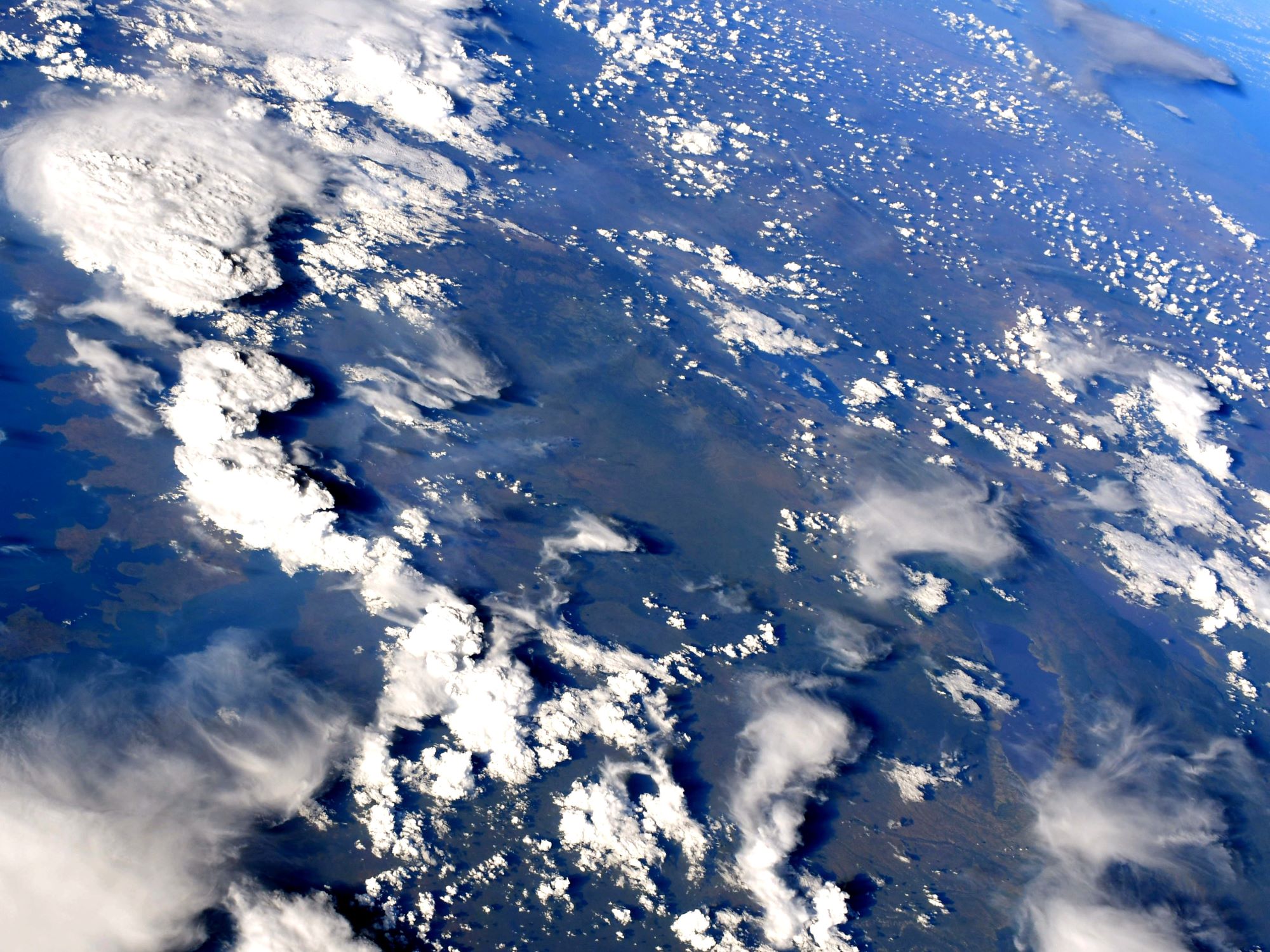[:ja]野口聡一宇宙飛行士がISSから撮影したタンザニアのセレンゲティ国立公園です。ビクトリア湖、ナトロン湖、エヤシ湖も見えています。

セレンゲティ国立公園は、タンザニア連合共和国北部のマラ州・アルーシャ州・シニャンガ州にまたがる、自然保護を目的とした国立公園で、1981年にユネスコの世界遺産(自然遺産)に登録されました。セレンゲティとはマサイ語で「果てしなく広がる平原」の意味です。セレンゲティは、ヴィクトリア湖の東に広がる大サバンナ地帯にあり、広々とした草原で疎林や低木林がみられ、川や沼、湖、平原の所々に岩石が露出しています。公園内には、様々な動物が約300万頭生息していると推定されています。セレンゲティを代表する動物はヌーで、生息している動物の約3割を占めると言われています。ヌーは、雨季と乾季で草原を求めて、隣接しているケニア側のマサイマラ国立保護区へと1,500kmの移動を繰り返し、雨季となる12月から6月の間は、地平線をヌーが埋め尽くします。
地上の様子はこちらです。

参考文献: Soichi Noguchi’s Tweet
地球俯瞰画像を見る: LiVEARTH
[Earthview Wonders] No.1520: Serengeti, Tanzania🇹🇿
Astronaut Soichi Noguchi captured from ISS Serengeti National Park, Tanzania. Lake Natron and Lake Eyasi are also captured in the image.

The Serengeti National Park is a Tanzanian national park in the Serengeti ecosystem in the Mara and Simiyu regions. It is famous and well known for its annual migration of over 1.5 million white-bearded (or brindled) wildebeest and 250,000 zebra and for its numerous Nile crocodile and honey badger. The Serengeti is also renowned for its large lion population and is one of the best places to observe prides in their natural environment. Approximately 70 large mammal and 500 bird species are found there. This high diversity is a function of diverse habitats, including riverine forests, swamps, kopjes, grasslands, and woodlands. Blue wildebeest, gazelles, zebras, and buffalos are some of the commonly found large mammals in the region.
The local scenery on the ground is as follows.

Reference: Soichi Noguchi’s Tweet
See earthview photo gallery: LiVEARTH[:]